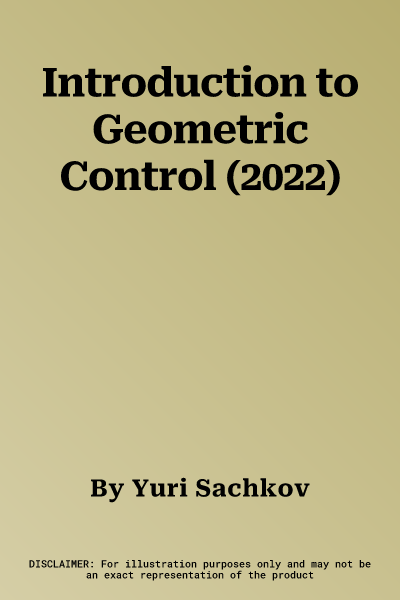This text is an enhanced, English version of the Russian edition,
published in early 2021 and is appropriate for an introductory course in
geometric control theory. The concise presentation provides an
accessible treatment of the subject for advanced undergraduate and
graduate students in theoretical and applied mathematics, as well as to
experts in classic control theory for whom geometric methods may be
introduced. Theory is accompanied by characteristic examples such as
stopping a train, motion of mobile robot, Euler elasticae, Dido's
problem, and rolling of the sphere on the plane. Quick foundations to
some recent topics of interest like control on Lie groups and
sub-Riemannian geometry are included. Prerequisites include only a basic
knowledge of calculus, linear algebra, and ODEs; preliminary knowledge
of control theory is not assumed. The applications problems-oriented
approach discusses core subjects and encourages the reader to solve
related challenges independently. Highly-motivated readers can acquire
working knowledge of geometric control techniques and progress to
studying control problems and more comprehensive books on their own.
Selected sections provide exercises to assist in deeper understanding of
the material.
Controllability and optimal control problems are considered for
nonlinear nonholonomic systems on smooth manifolds, in particular, on
Lie groups. For the controllability problem, the following questions are
considered: controllability of linear systems, local controllability of
nonlinear systems, Nagano-Sussmann Orbit theorem, Rashevskii-Chow
theorem, Krener's theorem. For the optimal control problem, Filippov's
theorem is stated, invariant formulation of Pontryagin maximum principle
on manifolds is given, second-order optimality conditions are discussed,
and the sub-Riemannian problem is studied in detail. Pontryagin maximum
principle is proved for sub-Riemannian problems, solution to the
sub-Riemannian problems on the Heisenberg group, the group of motions of
the plane, and the Engel group is described.

